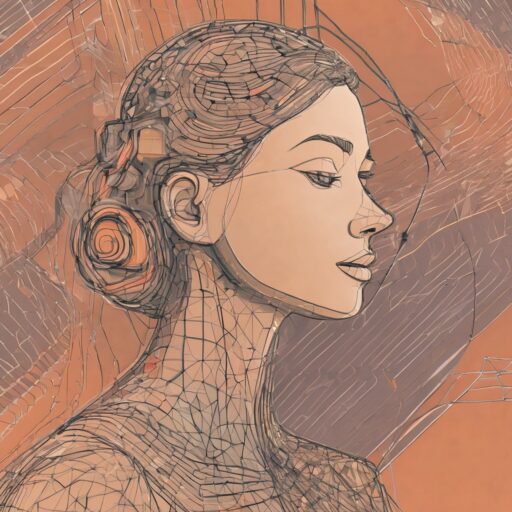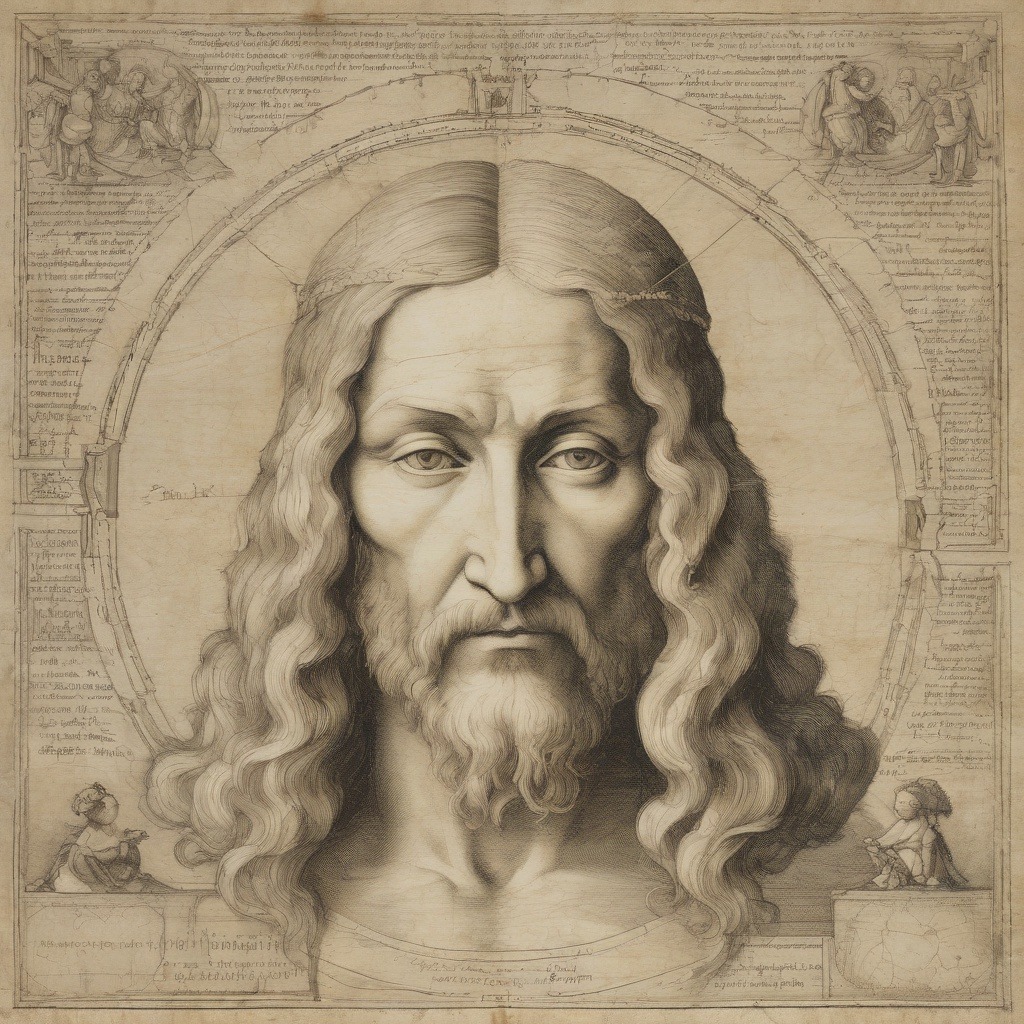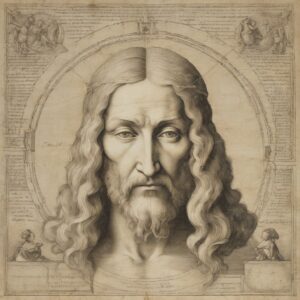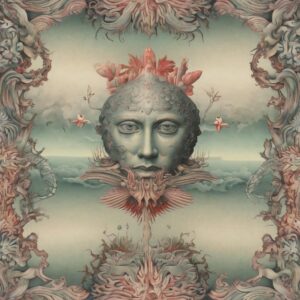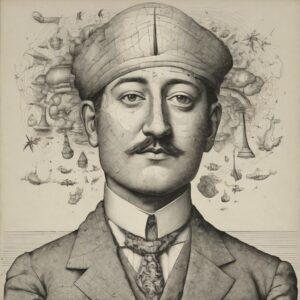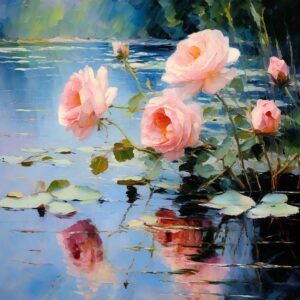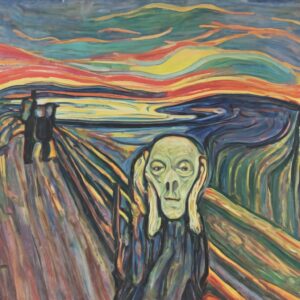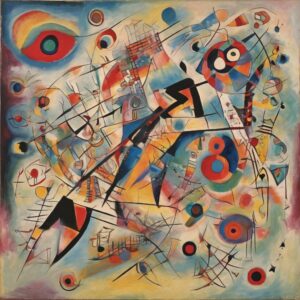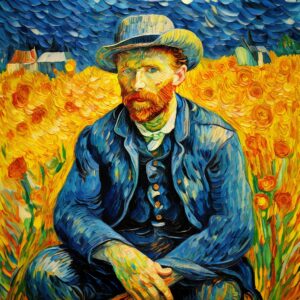The history of art is marked by a fascinating variety of styles, techniques and movements that have emerged over the centuries and have significantly shaped the cultural development of humanity. From the prehistoric cave paintings to contemporary digital art, there is a rich palette of art styles, each with its own unique features and expressions. These styles are often closely linked to the social, political, and cultural developments of their time, reflecting the diversity and complexity of the human experience.
The chronological sequence of the Kunstile is characterized by continuous evolution and evolution, with the emergence of new techniques, materials and forms of expression that build on previous achievements and open up new creative possibilities. The history of art can be roughly divided into different eras and movements, each characterized by its own characteristic features and themes. Some of the most significant art movements and their chronological sequence include:
- Ancient Art: Ancient art includes the artworks of the Greek, Roman, and Egyptian civilizations, known for their monumental sculptures, architectural masterpieces, and detailed murals.
- Medieval art: Medieval art is characterized by religious themes and symbolism, which is expressed in the form of frescoes, sculptures, and illuminations. Among the most important styles are Romanesque and Gothic, characterized by their monumental cathedrals and religious representations.
- Renaissance: The Renaissance was a time of cultural renewal and artistic awakening in Europe, marked by a rediscovery of ancient art and philosophy. Among the most important artists of this period are Leonardo da Vinci, Michelangelo and Raphael, who became known for their groundbreaking works in the fields of painting, sculpture and architecture.
- Baroque and Rococo: The Baroque and Rococo periods were characterized by opulent decorations, dramatic movements, and illusionistic effects. These styles are mainly found in the architecture, sculpture and painting of the 17. and 18th century.
- Classicism and Neoclassicism: Classicism and Neoclassicism were characterized by a return to the ideals of antiquity and an emphasis on simplicity, symmetry, and harmony. These styles dominated the architecture, sculpture and painting of the late 18th and early 19th century.
- Romanticism: Romanticism was an artistic movement characterized by an emphasis on emotion, fantasy, and individualism. Artists such as Caspar David Friedrich and William Turner created works that explored the beauty of nature, the power of emotions and the enigmas of the unconscious.
- Realism: Realism was a reaction to Romantic aesthetics and emphasized an objective representation of reality and the social conditions of life. Artists such as Gustave Courbet and Édouard Manet created works that depicted reality in all its diversity and complexity.
- Impressionism: Impressionism was a revolutionary movement characterized by an emphasis on light, color, and snapshots of everyday life. Artists such as Claude Monet, Edgar Degas and Berthe Morisot created works that captured the fleeting impressions of the moment and conveyed an atmosphere of immediacy and liveliness.
- Expressionism: Expressionism was an avant-garde movement characterized by an emphasis on emotion, subjectivity, and distortion. Artists such as Edvard Munch, Wassily Kandinsky, and Ernst Ludwig Kirchner created works that explored the deepest human feelings and fears, revealing a world of interiority and subjectivity.
- Surrealism: Surrealism was an artistic movement characterized by an emphasis on the unconscious, the dream world, and irrational reality. Artists such as Salvador Dalí, René Magritte and Max Ernst created works that blurred the boundaries between reality and fantasy, creating a world full of enigmatic symbols, metaphorical images and surreal sceneries.
- Abstract Expressionism: Abstract Expressionism was an artistic movement characterized by an abstract representation of emotion and movement. Artists such as Jackson Pollock, Willem de Kooning, and Mark Rothko created works that emphasized the power of gesture and the intensity of expression, presenting a new form of artistic freedom and spontaneity.
- Pop Art: Pop Art was an artistic movement characterized by an emphasis on mass culture, consumer culture, and everyday objects. Artists such as Andy Warhol, Roy Lichtenstein and Claes Oldenburg created works that took the visual language of advertising, film and media and integrated them into art.
- Minimalism: Minimalism was an artistic movement characterized by an emphasis on simplicity, geometry, and reduction. Artists such as Donald Judd, Dan Flavin and Agnes Martin created works reduced to the essence of form and material, presenting a new form of abstraction and conceptuality.
The emergence and development of these art movements is closely linked to the social, political, and cultural changes of their time, reflecting the diversity and complexity of the human experience. In modern times, art has taken on a new role with the inclusion of artificial intelligence (AI) in the creative process. Generative AI algorithms enable artists to explore new creative possibilities and create innovative artworks that push the boundaries of human imagination.
The role of AI in art has evolved rapidly in recent years, offering new avenues for creative experimentation and discovery. By using AI, artists can explore complex patterns, shapes, and structures beyond human imagination and create new artworks that blur the lines between humans and machines. From generating surreal landscapes to creating abstract compositions, AI offers a new dimension of artistic freedom and innovation that will shape the future of art in exciting ways.
